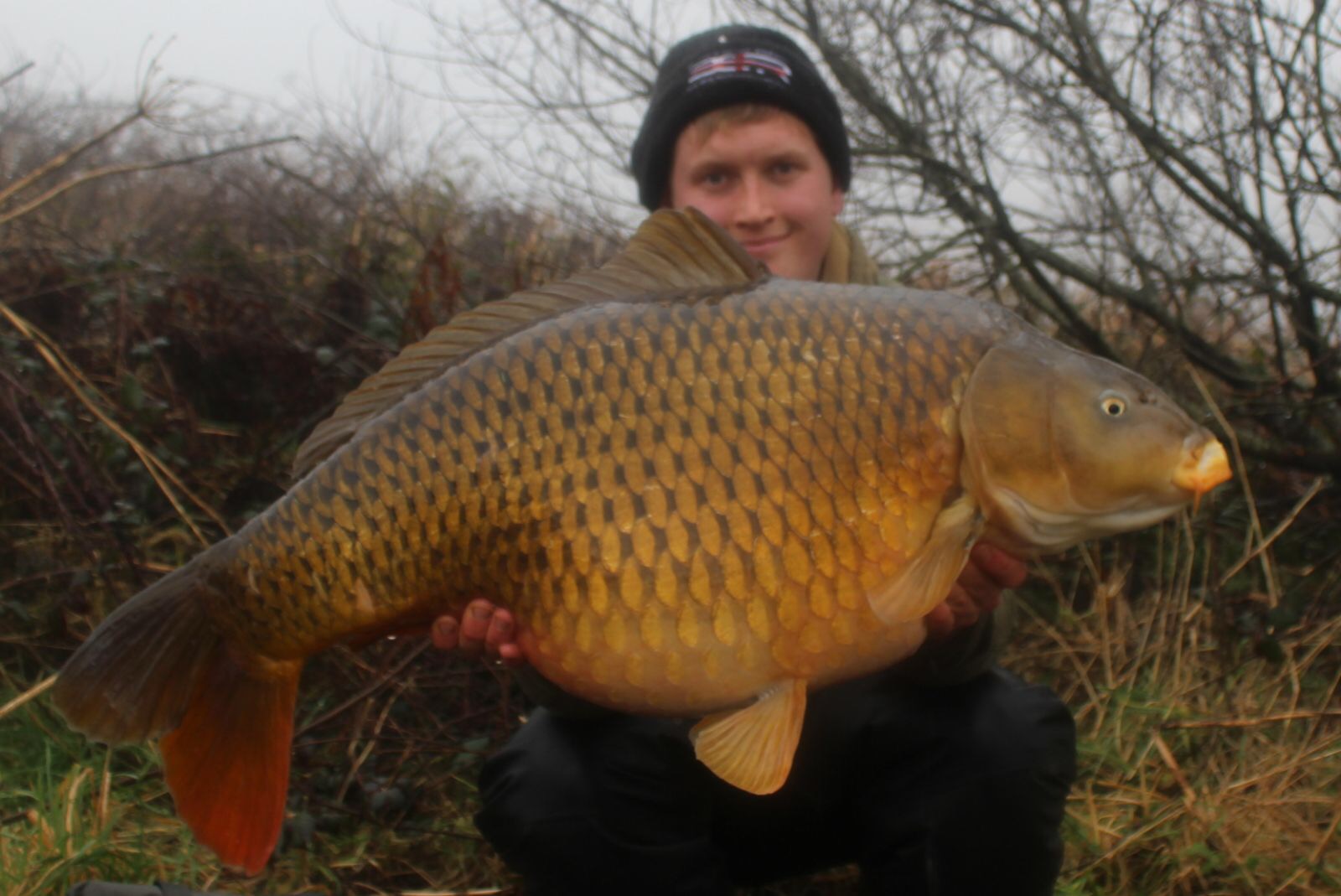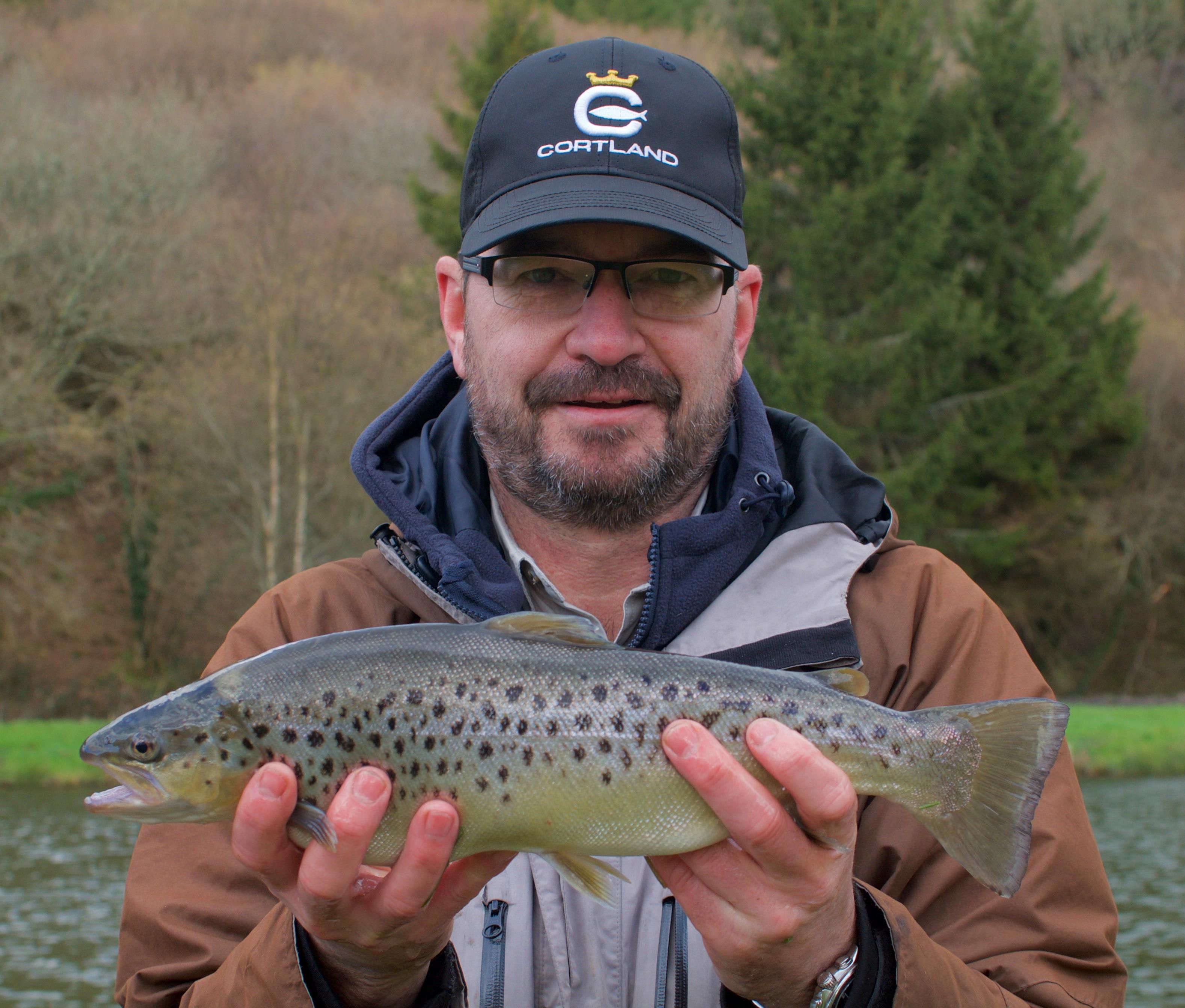
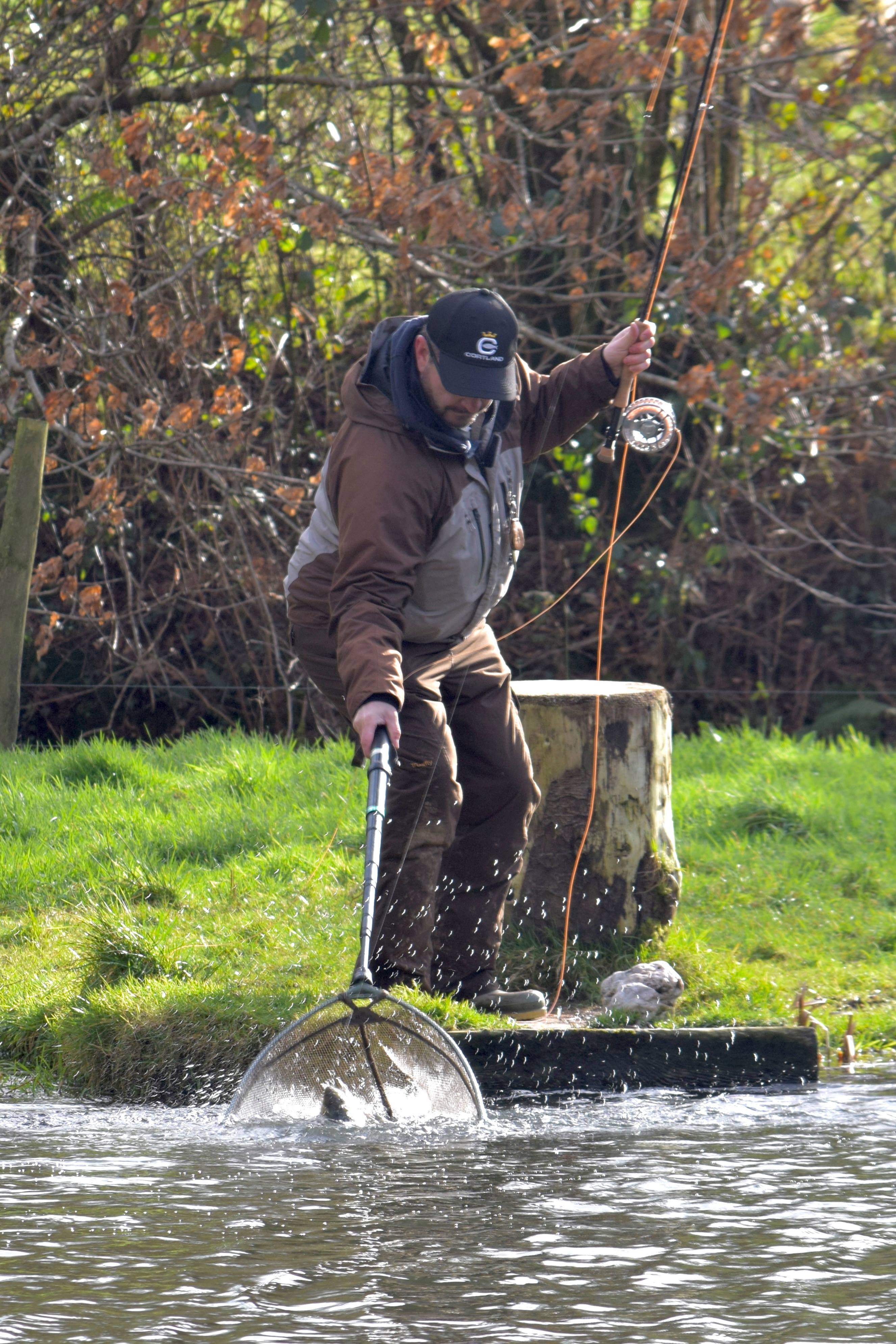
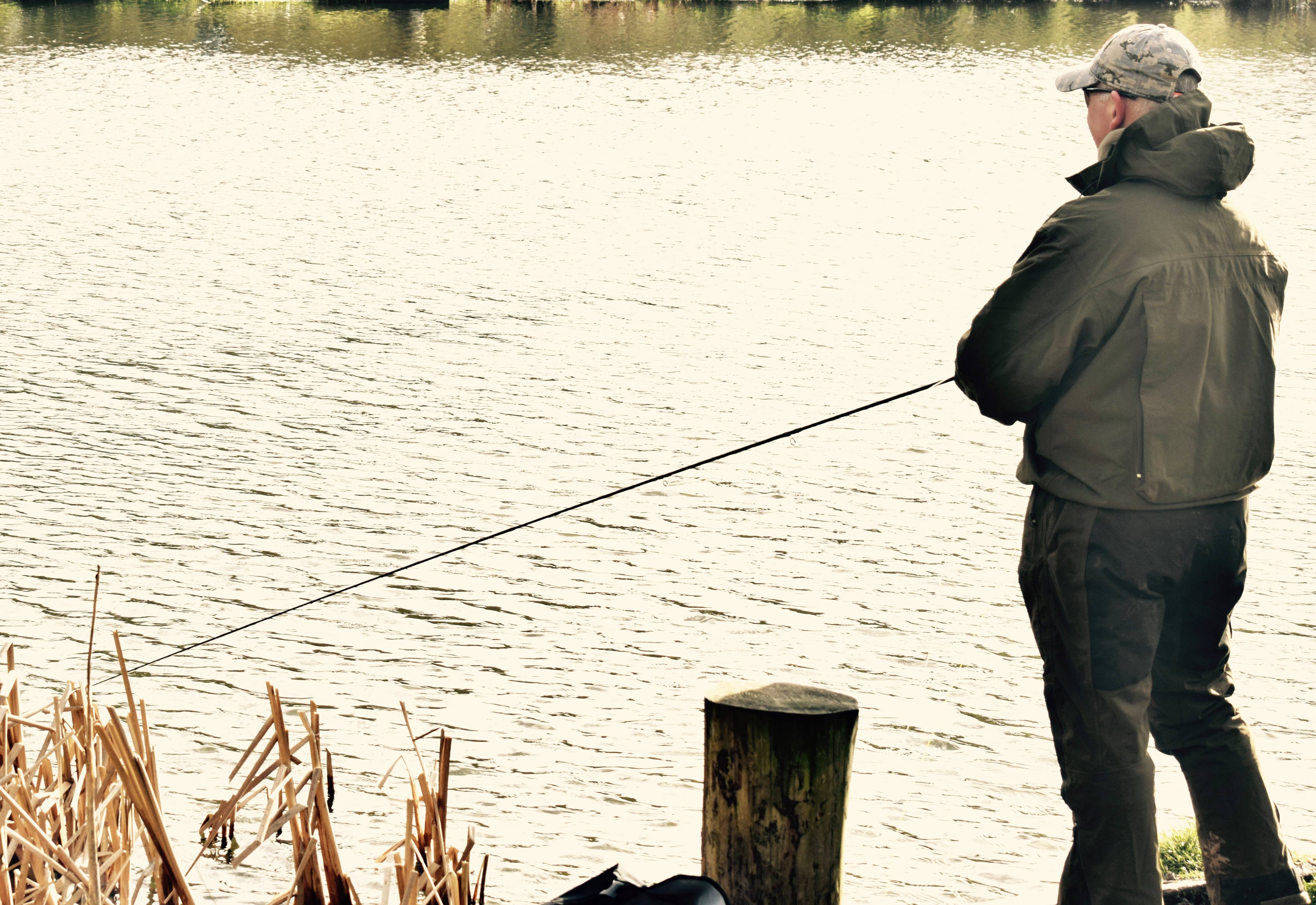
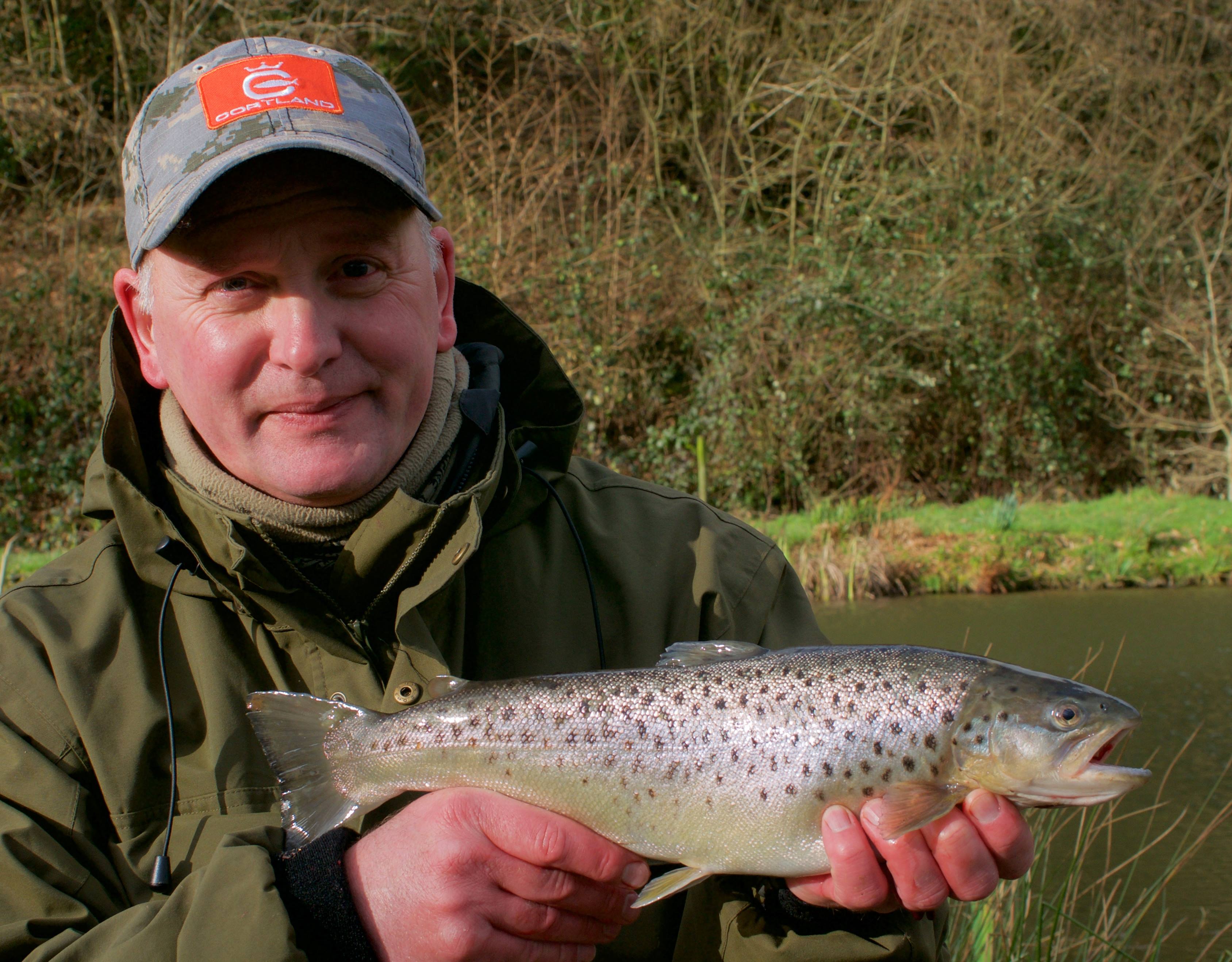
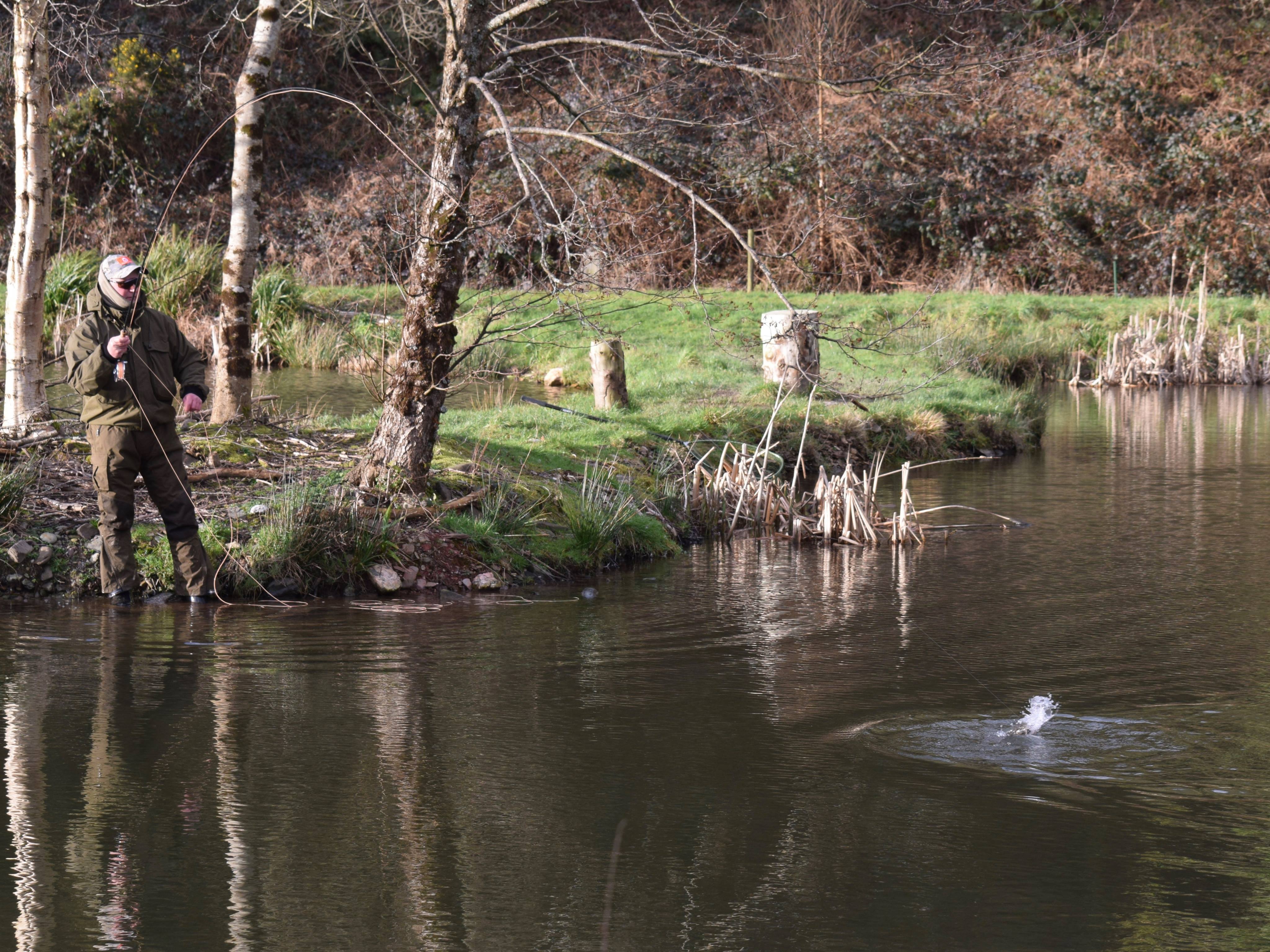










A good weigh in for both Bideford Angling Club and Appledore Shipbuilders. A bitter North East Wind is never promising but if the fish are there it proves they can be tempted.
Bideford Rover and the End of Season competition
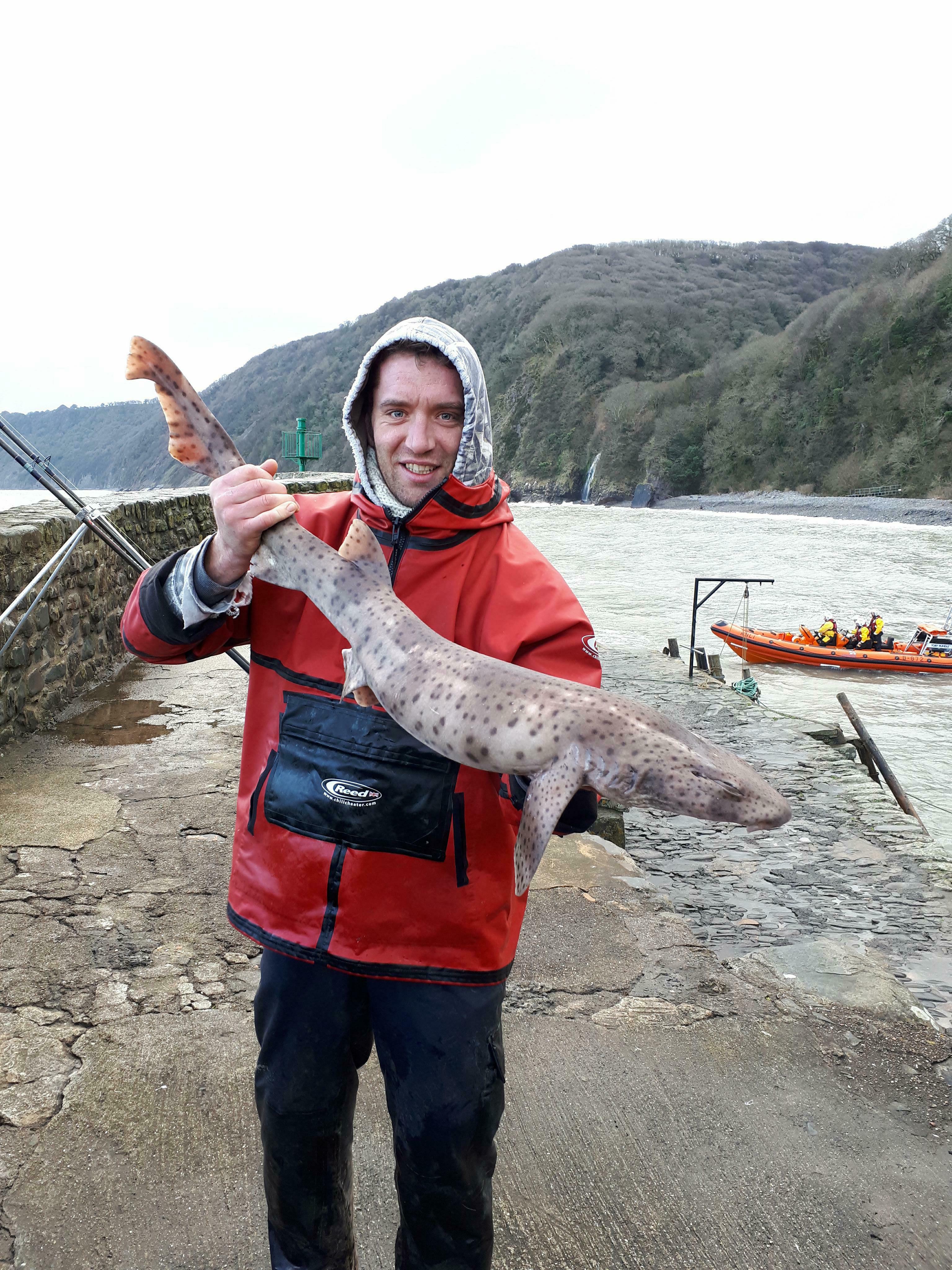
End of season results
1st Tarrant Wotton bull huss 11 lb 11oz
2nd Dan Redmore spur 10 lb 15oz
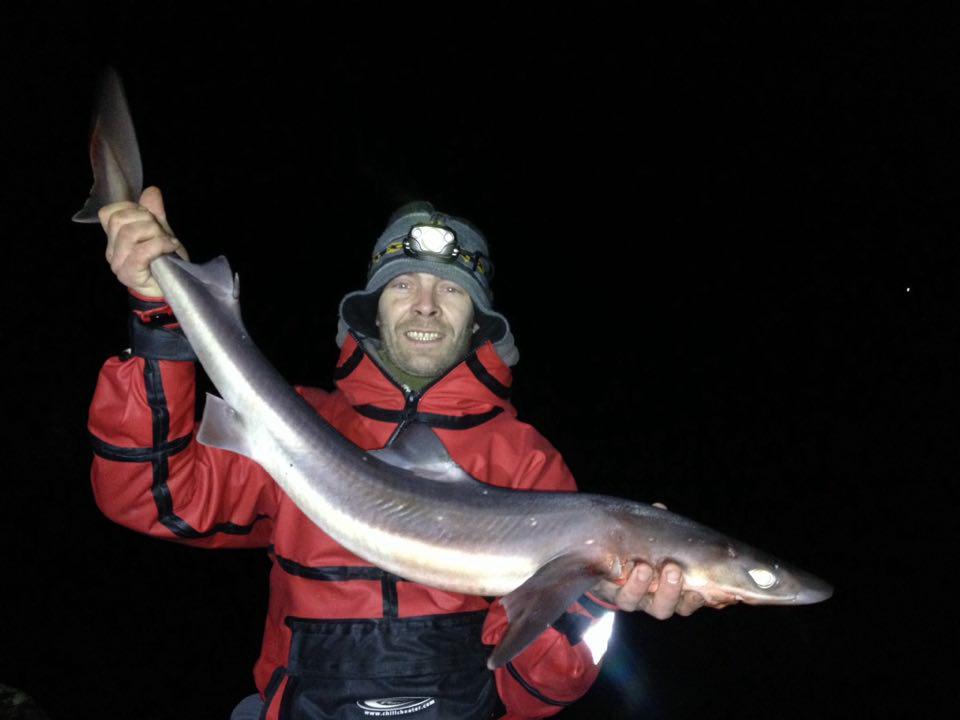
Rover results
1st Tarrant Wotton bull huss 11 lb 11oz
2nd Phil Vanstone rockling 1lb 8oz
3rd Steve found rockling 1lb 4oz
4th graham snow mullet 3 lb
5th Nathan Clements dogfish 2lb 0 1/2oz
6th Dick Talbot rockling 1lb
APPLEDORE SHIPBUILDERS ROVER RESULTS
1st – Jazzer John – Flounder 1lb 9oz
2nd – Graham Snow – Grey Mullet 3lb
3rd – Jazzer John – Flounder 1lb 6oz
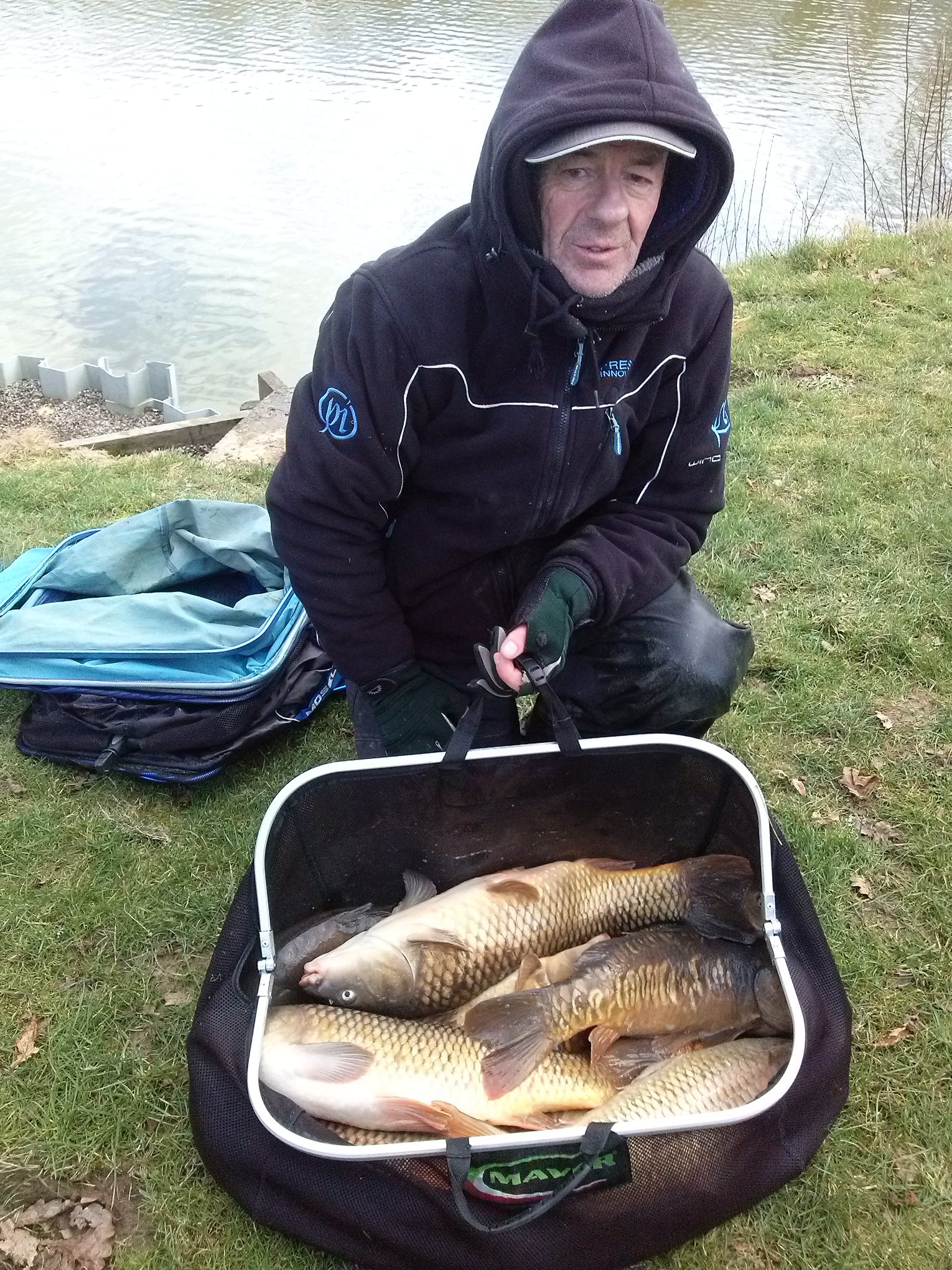 Many Thanks to Martin Turner for the Fortnightly NDMG Report
Many Thanks to Martin Turner for the Fortnightly NDMG Report

1st Kevin Shears 55lb 8oz
2nd John Lacy 43lb 2oz
3rd John Forster 34lb 6oz
4th Nathan Underwood 31lb 4oz
5th Martin Turner 24lb
6th John Lisle 22lb 8oz .,
20 anglers turn up on a very cold but dry day, in the vain hope of beating Kevin .He drew peg 17 on the top lake and once again showed us all how its done !! Kevin fished the pole with maggot for an all carp net, John Lacy also on the top lake caught his net of carp on sweetcorn on the pole, Top weight of the 10 anglers on the bottom pool was John Forster with a pole catch of small carp on ,corn and maggot. from unfancied peg 11, Nathan Underwood was on peg 7 on the bottom lake and took 4th spot with some nice carp on the pole ,all on red maggot.
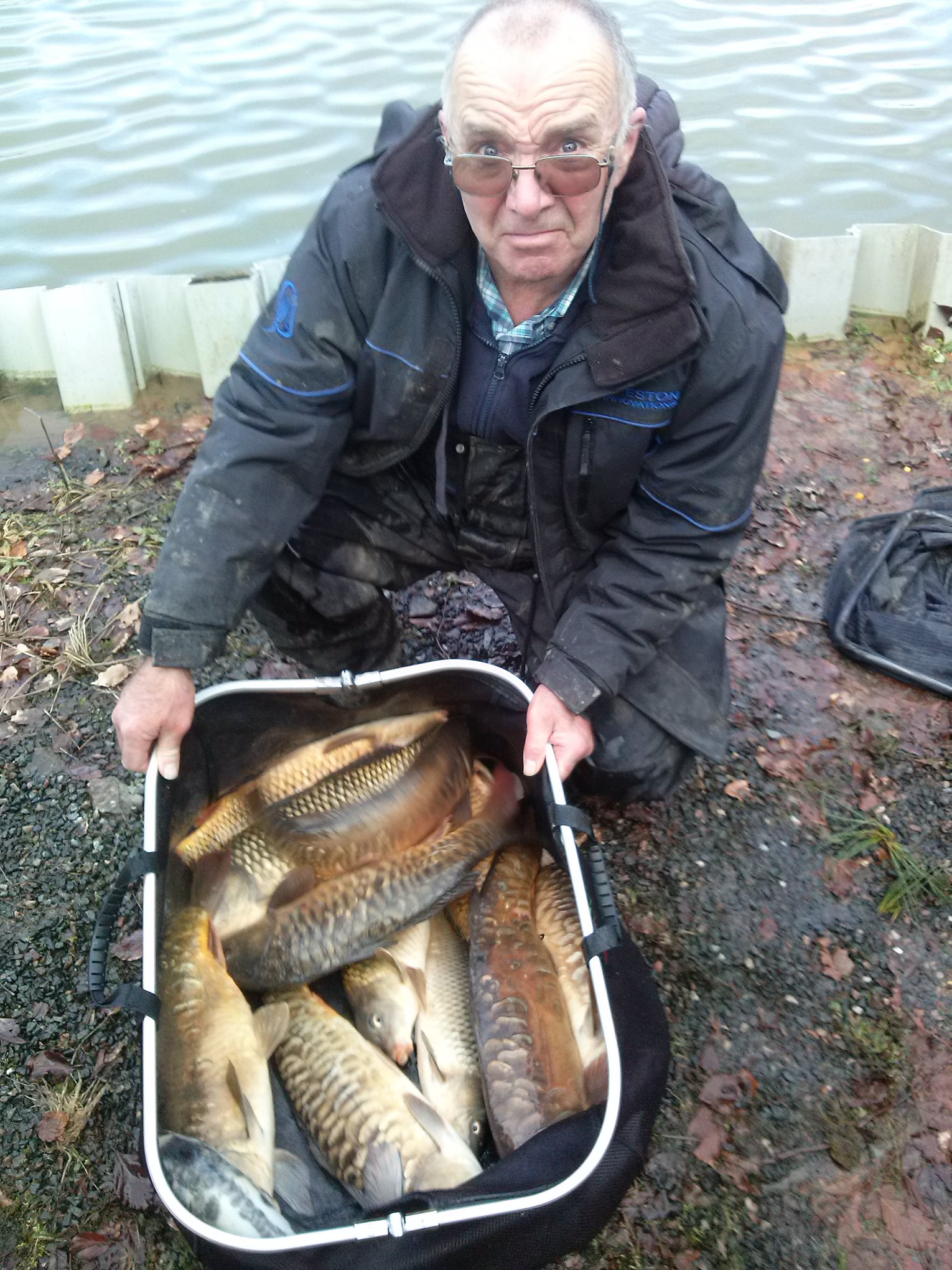
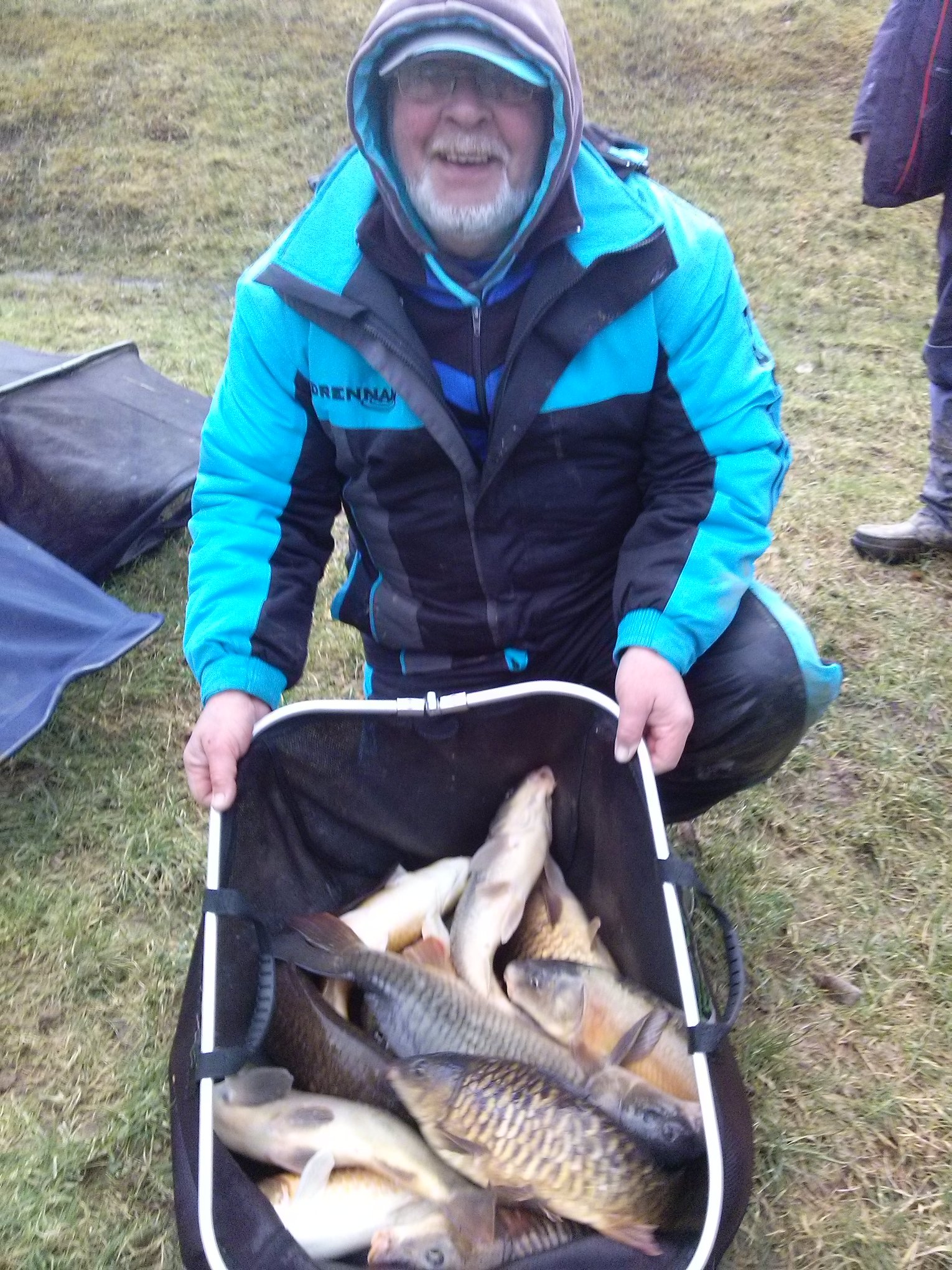
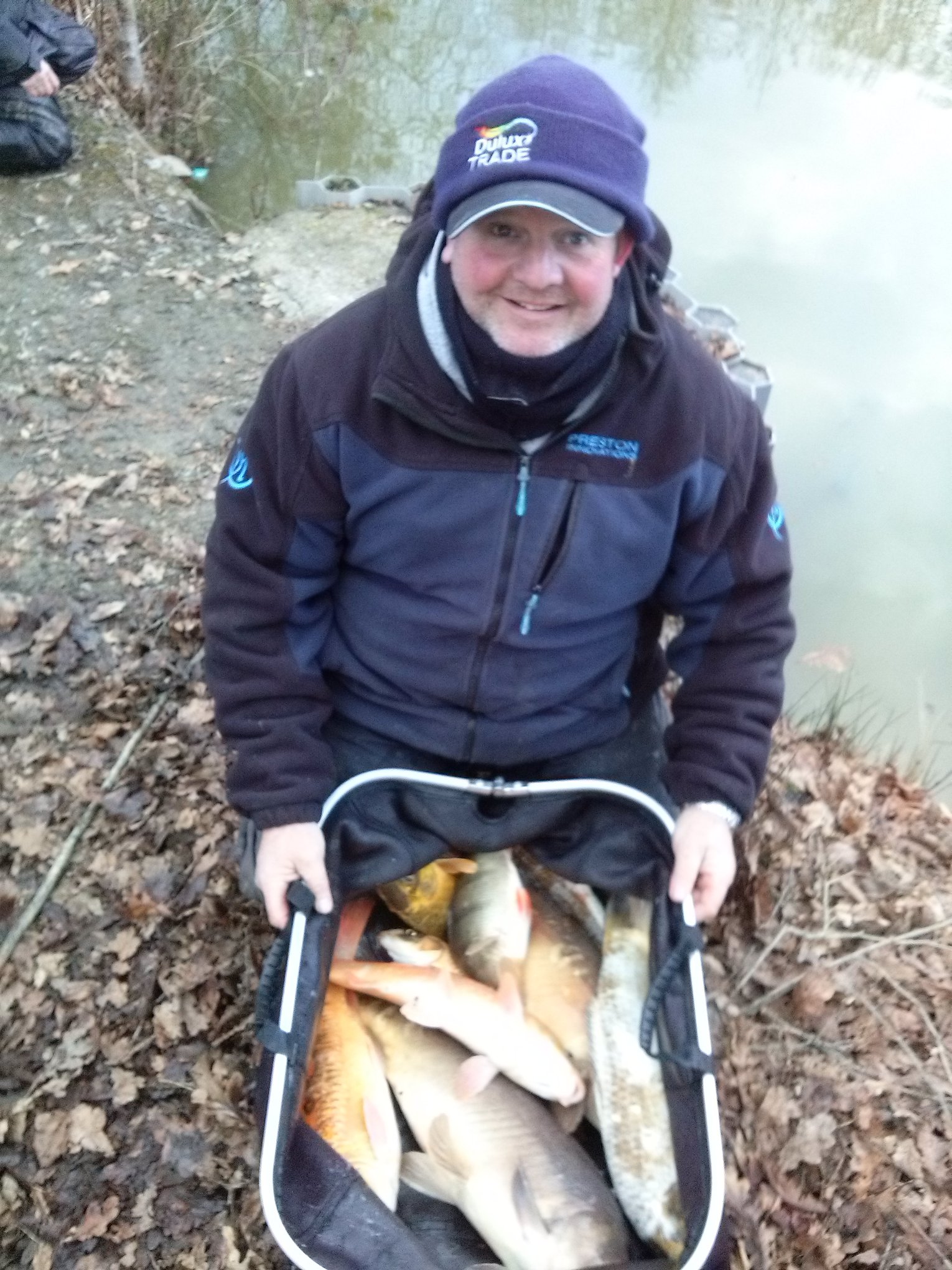
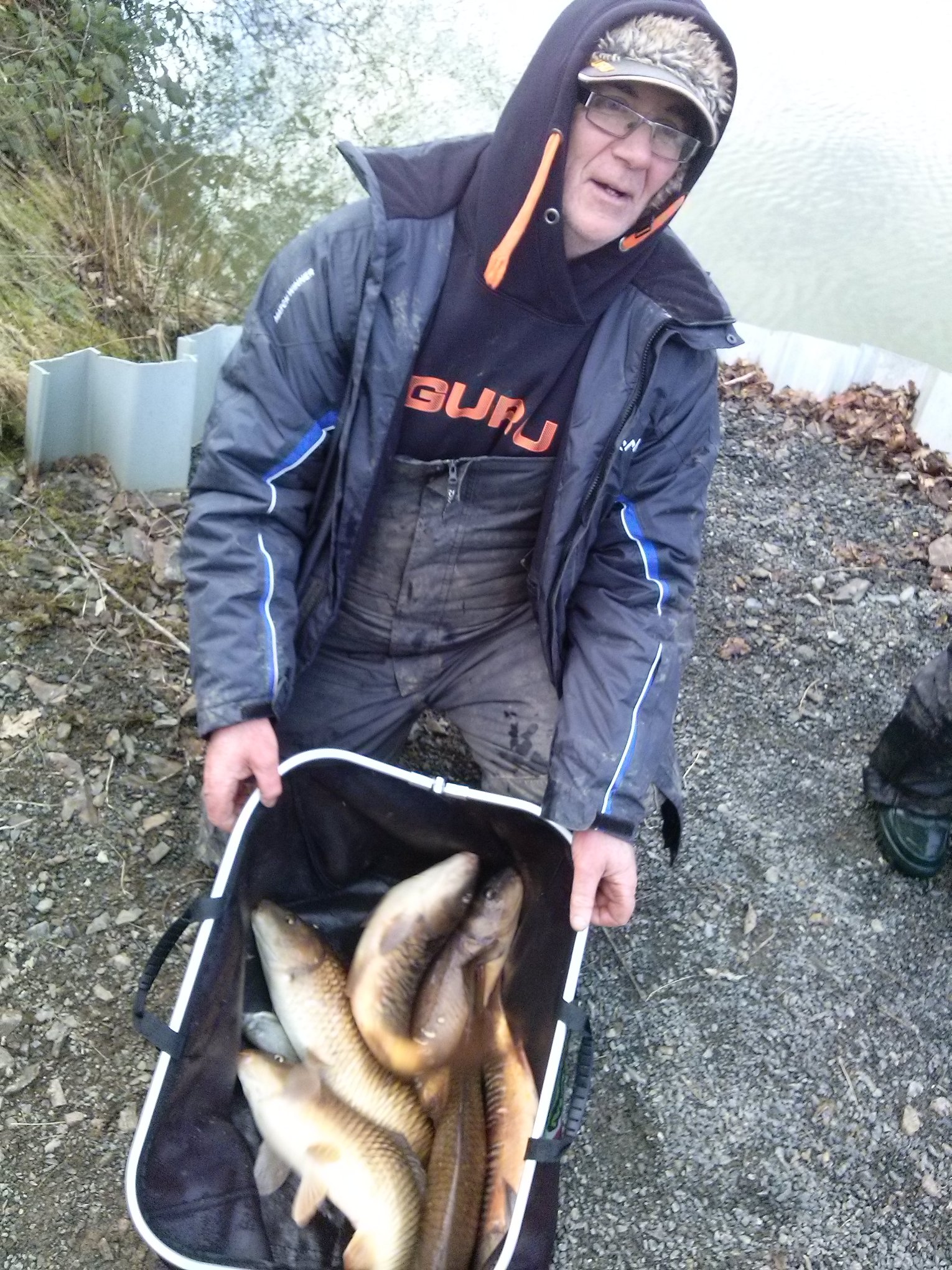
Martyn Green banked five carp during a session in swim 2 of Stafford Moor’s Lodge lake using Mainline cell & Essential cell boilies
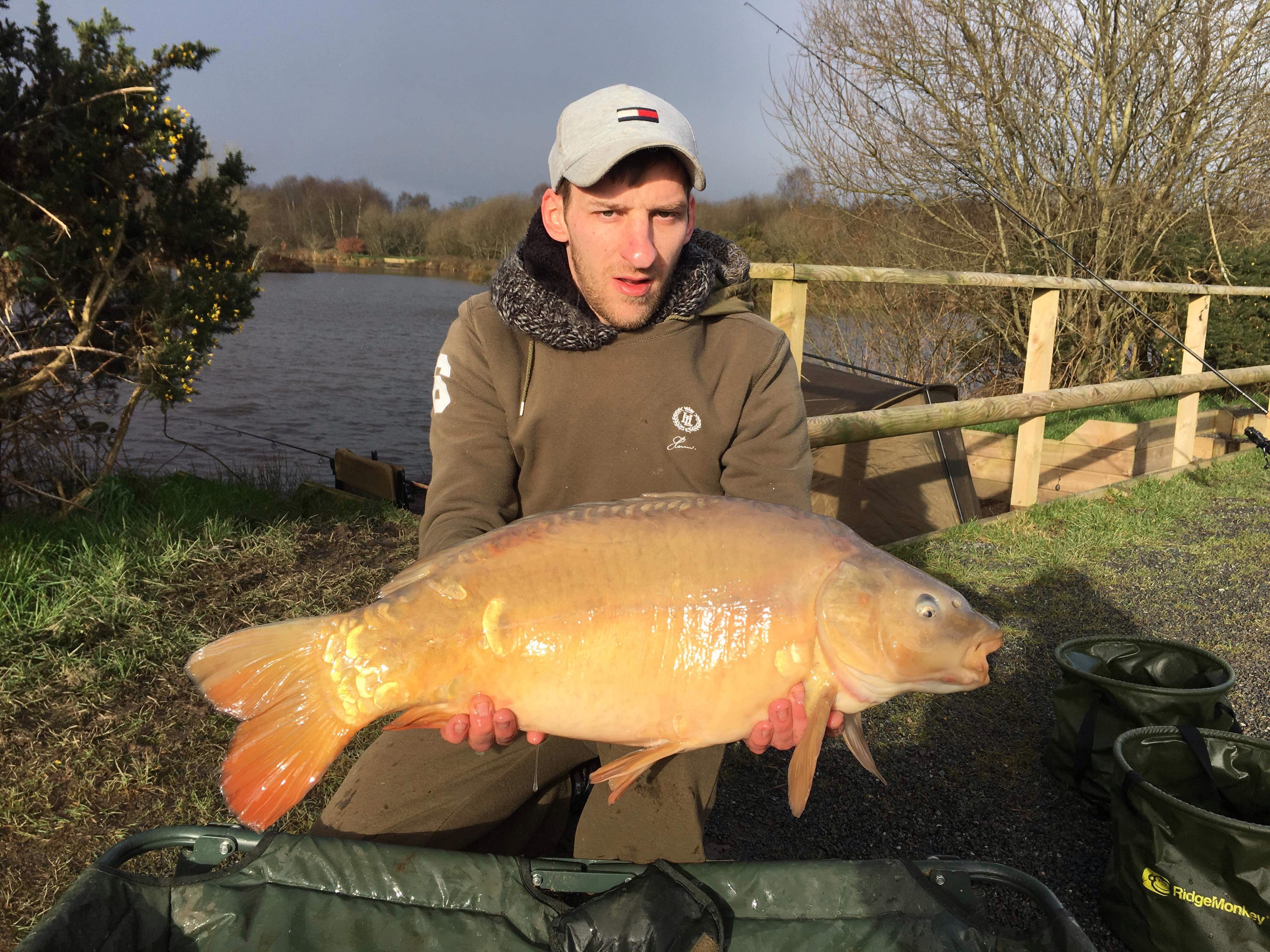
 http://www.staffordmoor.co.uk
http://www.staffordmoor.co.uk
Its less than a month until the start of a new salmon season and optimism will as always be high. The rivers are running brimful at present so hopefully they will be in fine trim in for the seasons start. Its time to start sorting out the tackle and buying a few bits and pieces. Check those waders and nets. Another new rod! In the mean time why not have an inspirational read of the latest Eat Sleep Fish Magazines. Just click on the links.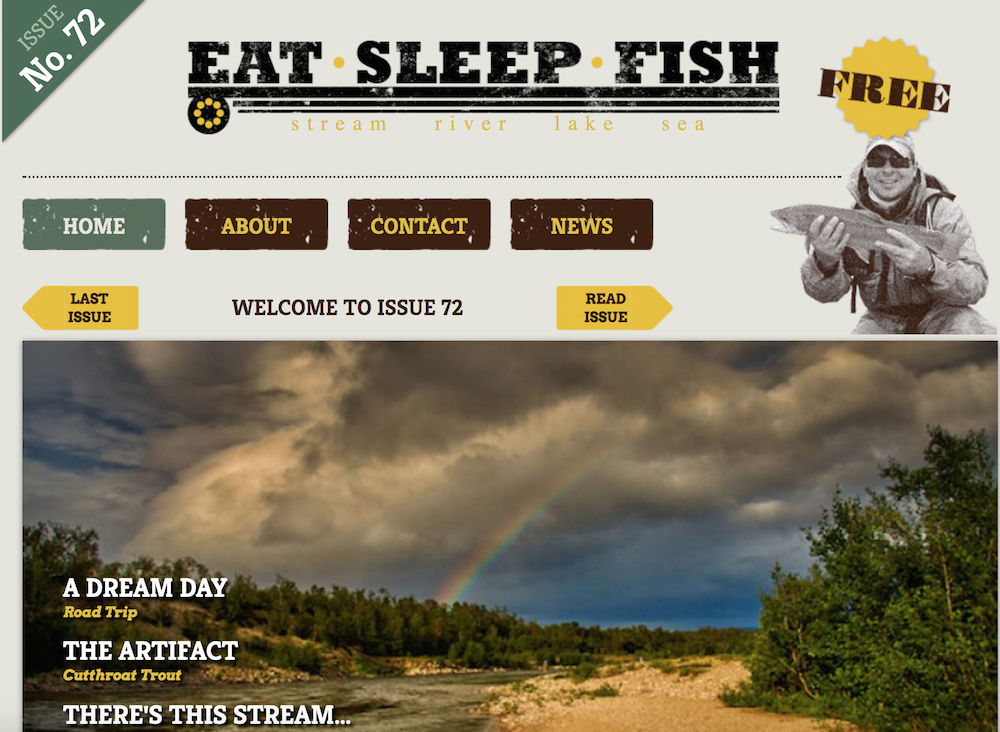
Why not have a warm up session on a local still water like Blakewell, Bratton Water or Exe Valley.
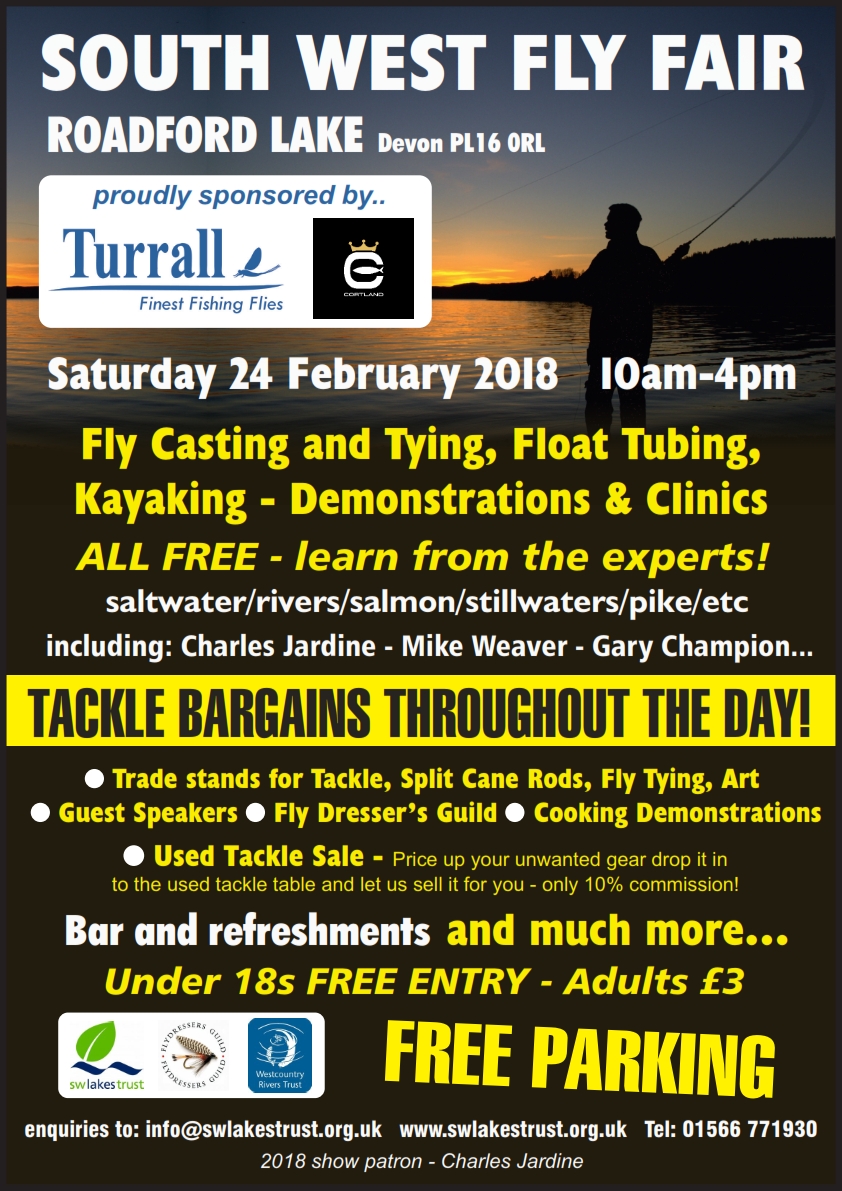
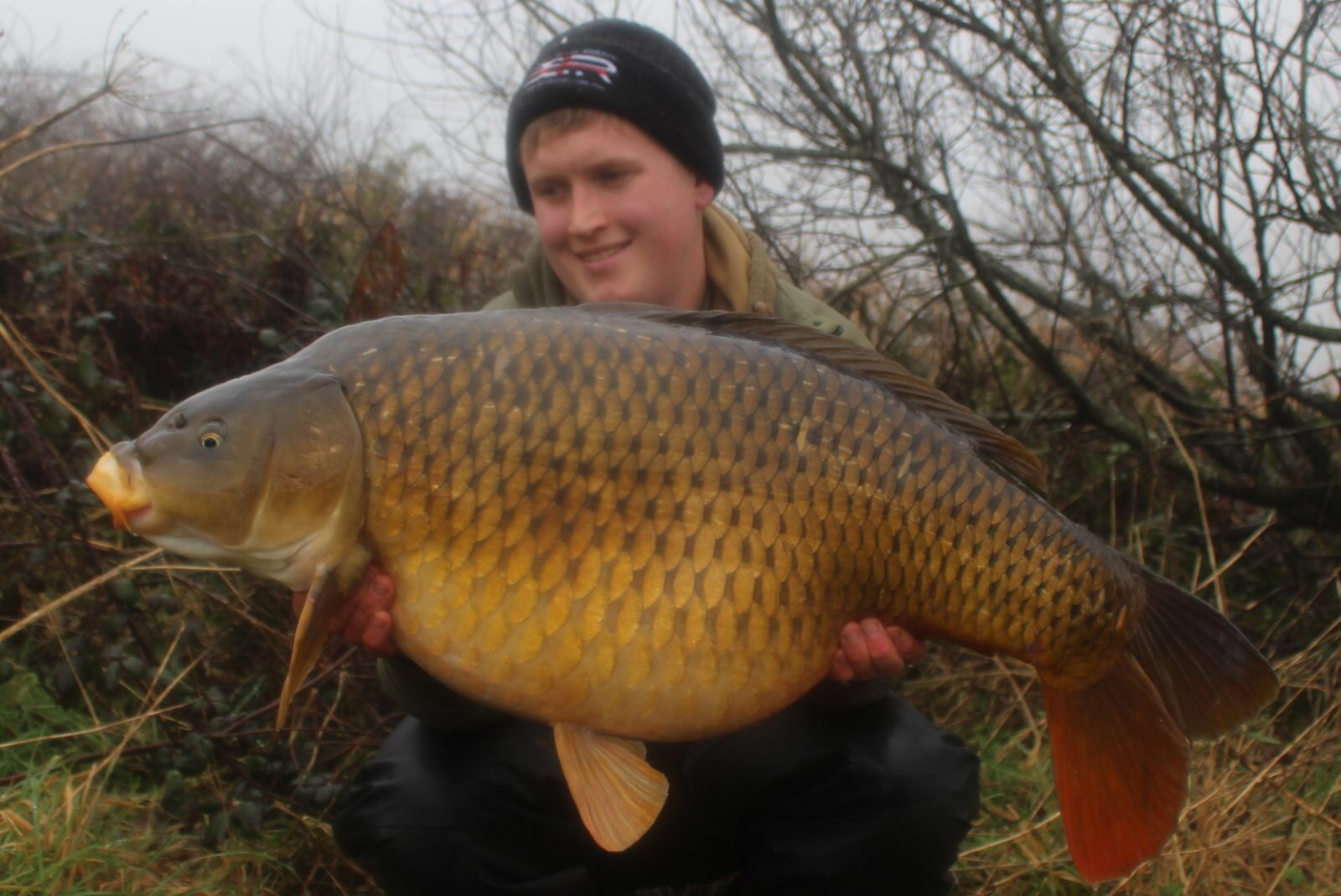 Ben Smeeth of South West Lakes Trust is thrilled to announce the first capture of ‘The Don’ from Upper Tamar after it was stocked in September 2017. The fish was banked by Ashley Bunning at 34.04. Ashely had this to say: ‘It went 34lb 4oz, to say i am over the moon is an understatement. Had the fish over a big bed of Burton bait rollers ‘Magnet’ and the new test bait’. Congratulations to Ashley on the capture. The capture was part of a great weekend on the venue with anglers catching multiple numbers of fish and other fish over 20lbs being recorded.
Ben Smeeth of South West Lakes Trust is thrilled to announce the first capture of ‘The Don’ from Upper Tamar after it was stocked in September 2017. The fish was banked by Ashley Bunning at 34.04. Ashely had this to say: ‘It went 34lb 4oz, to say i am over the moon is an understatement. Had the fish over a big bed of Burton bait rollers ‘Magnet’ and the new test bait’. Congratulations to Ashley on the capture. The capture was part of a great weekend on the venue with anglers catching multiple numbers of fish and other fish over 20lbs being recorded.
